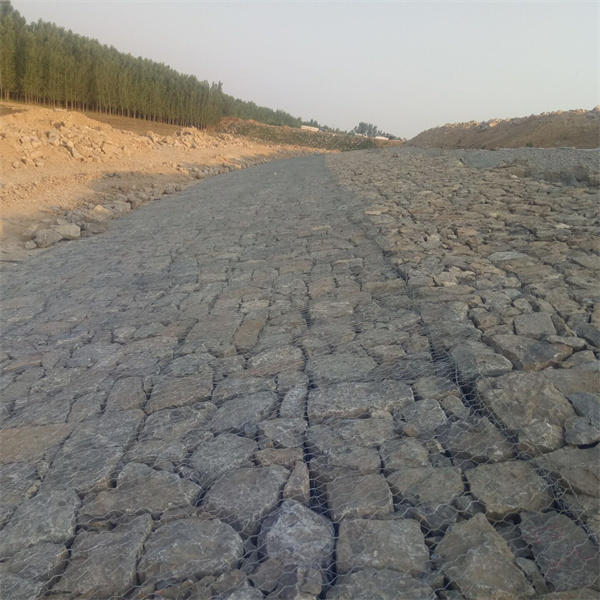Nov . 28, 2024 10:07 Back to list
Circular Wire Mesh Structures for Landscaping and Erosion Control Solutions
The Versatility and Benefits of Round Gabion Cages
In the realm of modern engineering and landscape design, round gabion cages have emerged as a highly effective solution for various applications. These cylindrical structures, made of wire mesh and filled with stones or other materials, serve both functional and aesthetic purposes. In this article, we will explore the characteristics, benefits, and applications of round gabion cages, highlighting why they have become increasingly popular in recent years.
What are Round Gabion Cages?
Round gabion cages are wire mesh containers, typically made from galvanized steel, that are filled with natural materials such as rocks, gravel, or soil. The round shape provides a unique structural integrity and aesthetic appeal compared to traditional rectangular gabion cages. These cages can be designed in various sizes, making them adaptable to different projects and landscaping needs. They offer a durable, eco-friendly, and stylish solution for numerous construction and design challenges.
Key Benefits of Round Gabion Cages
1. Sustainability One of the primary advantages of round gabion cages is their sustainability. By utilizing natural stones or recycled materials for filling, they minimize environmental impact. Also, the porous nature of gabions allows for excellent drainage, reducing runoff and erosion in landscaped areas.
2. Versatility Round gabion cages can be used in numerous applications, including retaining walls, fencing, garden beds, art installations, and sound barriers. Their adaptability makes them suitable for both urban and rural settings. Additionally, round cages can be stacked or arranged creatively to suit the design requirements of the project.
3. Aesthetic Appeal The round shape of gabion cages creates visually pleasing forms that can enhance the beauty of outdoor spaces. They can be used to create natural-looking barriers or decorative elements in gardens, parks, and public spaces. By allowing for the incorporation of various stone colors and textures, designers can work within a palette that complements the surrounding environment.
round gabion cages

4. Structural Integrity The design and filling of gabion cages contribute to their structural strength. Their ability to flex and adapt to the surrounding soil conditions enhances stability, making them ideal for use in areas prone to shifting or settling. This flexibility allows round gabion cages to withstand harsh weather conditions while remaining functional and visually appealing.
5. Cost-Effectiveness Building with round gabion cages can be cost-effective in comparison to traditional materials. The ease of installation—often requiring no special heavy machinery—reduces labor costs. Furthermore, local stones or recycled materials can be sourced to keep costs down.
Applications in Landscaping and Construction
In landscaping, round gabion cages are commonly used for creating garden borders, seating areas, and planters, allowing for creative landscapes that blend functionality with art. In construction, they serve as an effective solution for erosion control, retaining walls, and slope stabilization. Their robustness makes them suitable for use in both residential and commercial projects.
In addition to practical uses, round gabion cages are increasingly being incorporated into artistic endeavors. Artists and architects leverage their versatility to create stunning installations that beautify public spaces while serving as functional elements within urban environments.
Conclusion
As we can see, round gabion cages offer a multitude of benefits that make them an attractive choice for engineers, landscapers, and architects alike. Their sustainability, versatility, aesthetic appeal, structural integrity, and cost-effectiveness position them as a superior solution for a wide range of applications. Whether used for practical construction purposes or artistic designs, round gabion cages redefine the way we think about materials in landscape and architecture, paving the way for more innovative and sustainable building practices.
-
The Role of Galvanized Gabion Mesh in Riverbank Protection
NewsJun.26,2025
-
The Role of Gabion Basket Raised Bed in Sustainable Gardening
NewsJun.26,2025
-
Quality Assurance of Wire Mesh Gabion Baskets
NewsJun.26,2025
-
Installation Guide for Welded Gabion Box
NewsJun.26,2025
-
How to Choose the Right Gabion Box
NewsJun.26,2025
-
Different Types of Gabion Wire Mesh
NewsJun.26,2025
-
Why PVC Coated Gabion Mattress Is the Best Solution for Long-Term Erosion Control
NewsMay.23,2025






